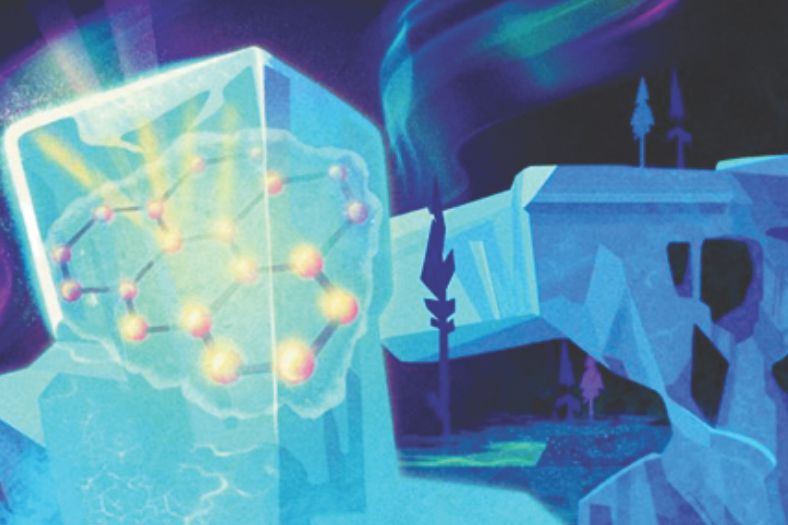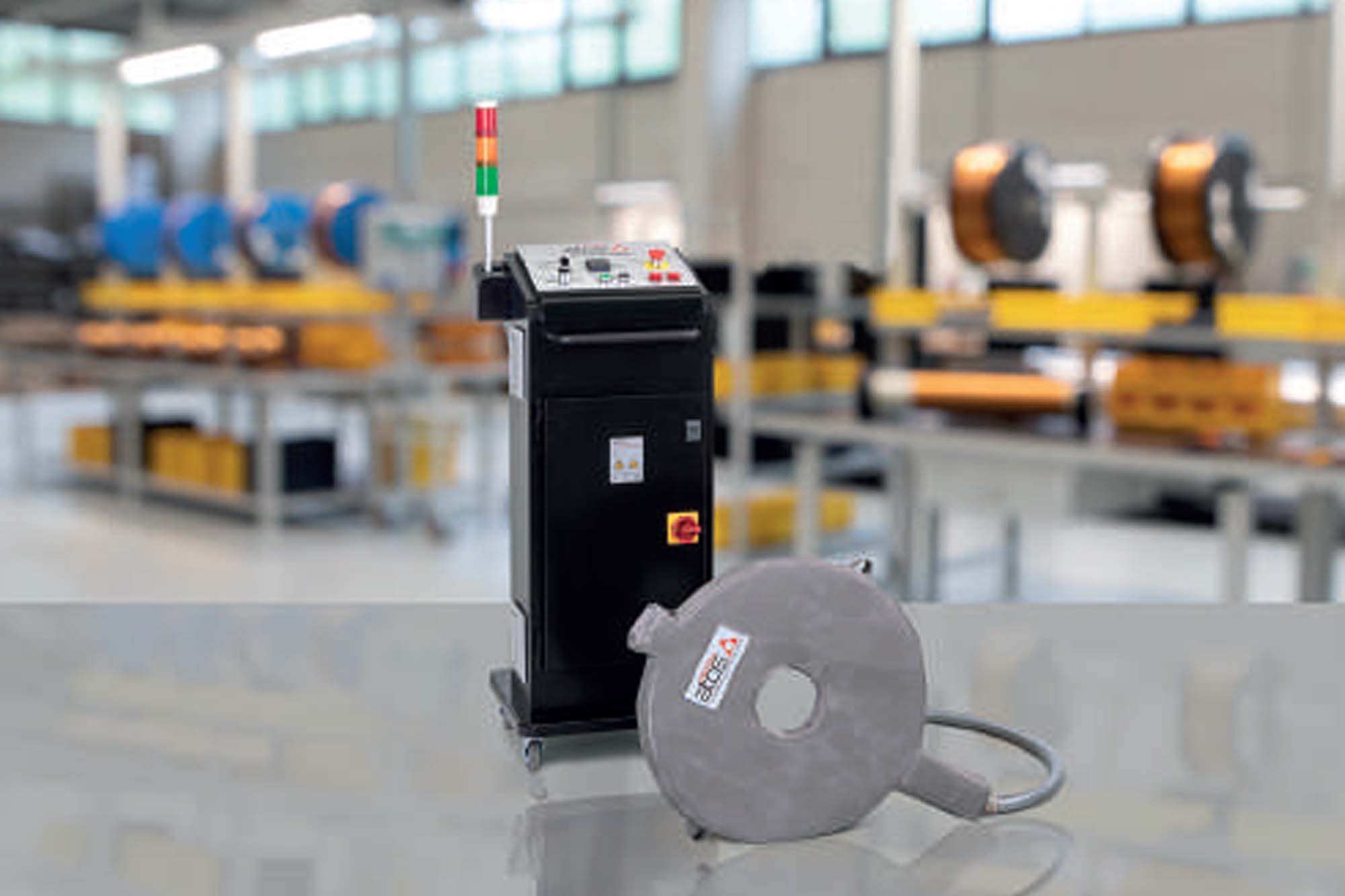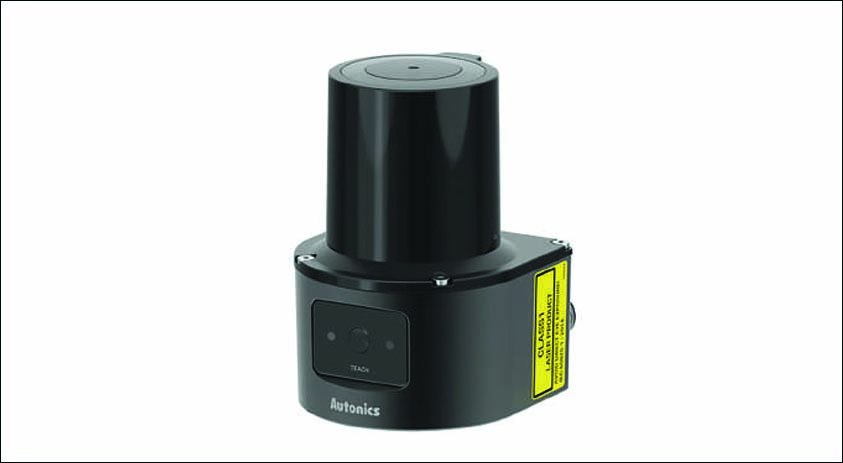Strong light absorption in graphene reveals interaction between light and matter
By OEM Update Editorial March 30, 2022 12:37 pm
Global graphene in batteries & supercapacitors market is expected to size upto USD 268.2 million by 2027.
Graphene, a form of carbon consisting of planar sheets – one atom thick, with the atoms arranged in a honeycomb-shaped lattice, has super-strong properties. It has an increasing application in products, such as sensors, semiconductors, batteries, electronics displays, and medicine among other markets. The global graphene in batteries & supercapacitors market is expected to reach a market size of USD 268.2 million by 2027 at a robust CAGR over the forecast period, according to Reports and Data report. Increasing investments in research and development of graphene batteries is a significant factor driving graphene in batteries & supercapacitors market growth.
Graphene outlook
By type, the graphene in batteries & supercapacitors market has been segmented into batteries and capacitors. Graphene-based batteries (such as rechargeable Li-ion batteries) are lightweight, more durable, and ideal for high capacity energy storage. Also, graphene batteries improve energy density, shorten charging duration, and offer improved battery life-span. The graphene in batteries & supercapacitors market in Asia Pacific accounted for largest market share is attributed to rising government initiatives to curb carbon-dioxide emissions, increased use of electric vehicles, and growing awareness about non-conventional energy resources in countries such as China and Japan. By type, supercapacitors segment revenue is expected to increase at a rate of 25.7 percent over the forecast period.
Light absorption in graphene
Scientists from University of Regensburg, Massachusetts Institute of Technology, Moscow institute of Physics and Technology, and University of Kansas have discovered abnormally strong light absorption in graphene. The effect arises from the conversion of ordinary electromagnetic waves into super-slow surface waves running through graphene. The observation is of fundamental interest and shows in an impressive way how the interaction of Bernstein modes, collective excitations of electrons driven by their cyclotron motion and the smearing of electric fields at the smallest scales due to nonlocality can influence the radiation absorption of graphene. The investigations were carried out in the framework of the Collaborative Research Centre 1277 and published in the journal Nature Physics.
Everyday experience teaches us that the efficiency of light energy harvesting is proportional to the absorber area. Can an object absorb radiation from an area larger than itself? It turns out yes, and it is possible when the frequency of light is in resonance with the movement of electrons in the absorber. In this case the absorption area of the radiation is on the order of the square of the wavelength of the light, although the absorber itself can be extremely small.To study this phenomenon of electromagnetic wave absorption, the frequency of the electromagnetic wave was chosen to be of the order of a few Terahertz. Graphene, a layer of carbon atoms, was chosen for the experiments carried out at the Terahertz Centre of the University of Regensburg (TerZ). A substance that can also be found layered in conventional pencil leads. Exposing graphene to a magnetic field creates the conditions for cyclotron resonance by forcing the electrons into orbits. Radiation provided by a terahertz laser was used to excite graphene leading to a surprising result. Light striking graphene is trapped and transformed into an ultraslow surface wave. These waves get “stuck” in graphene and stay there until they are absorbed. The more light graphene absorbs, the more it heats up and the more its resistance changes leading to a larger photo signal. Hence, the change in resistance of graphene under the action of light is a measure of its absorptivity.
In this regime graphene is expected to be a super absorber. That means, it will not only capture light from an area larger than its geometric size, it will be able to capture light from an area larger than the square of the wavelength. The anomalously low plasmon velocity in magnetised graphene creates all the prerequisites for this.
In the context of this study by the Collaborative Research Centre 1277, graphene proved to be a very suitable platform for observing anomalously strong terahertz absorption. These investigations shed new light on interaction between light and matter and extend the role of electric fields at the smallest scales. However, the observability of the phenomenon is not limited to graphene alone—many materials and nanostructures based on them support ultraslow surface waves.
Graphene-based supercapacitors are safer, have lower ownership cost, and provide better performance as compared to Li-ion batteries. Graphene electrodes are considered an ideal material for producing supercapacitors, which is a major factor expected to result in growing demand and application, and in turn, drive market growth.
Source: www.phys.org; www.reportsanddata.com
Cookie Consent
We use cookies to personalize your experience. By continuing to visit this website you agree to our Terms & Conditions, Privacy Policy and Cookie Policy.
















